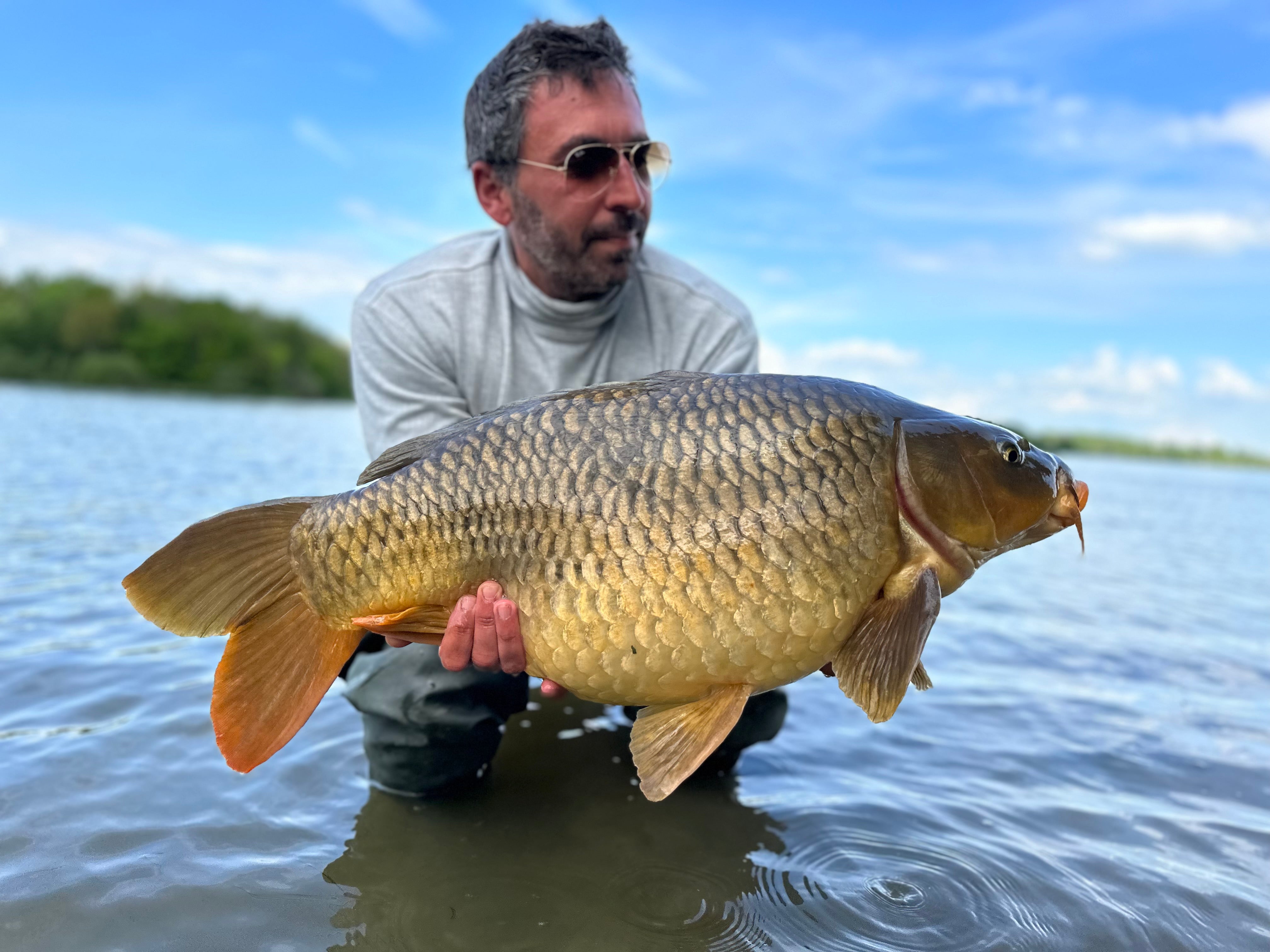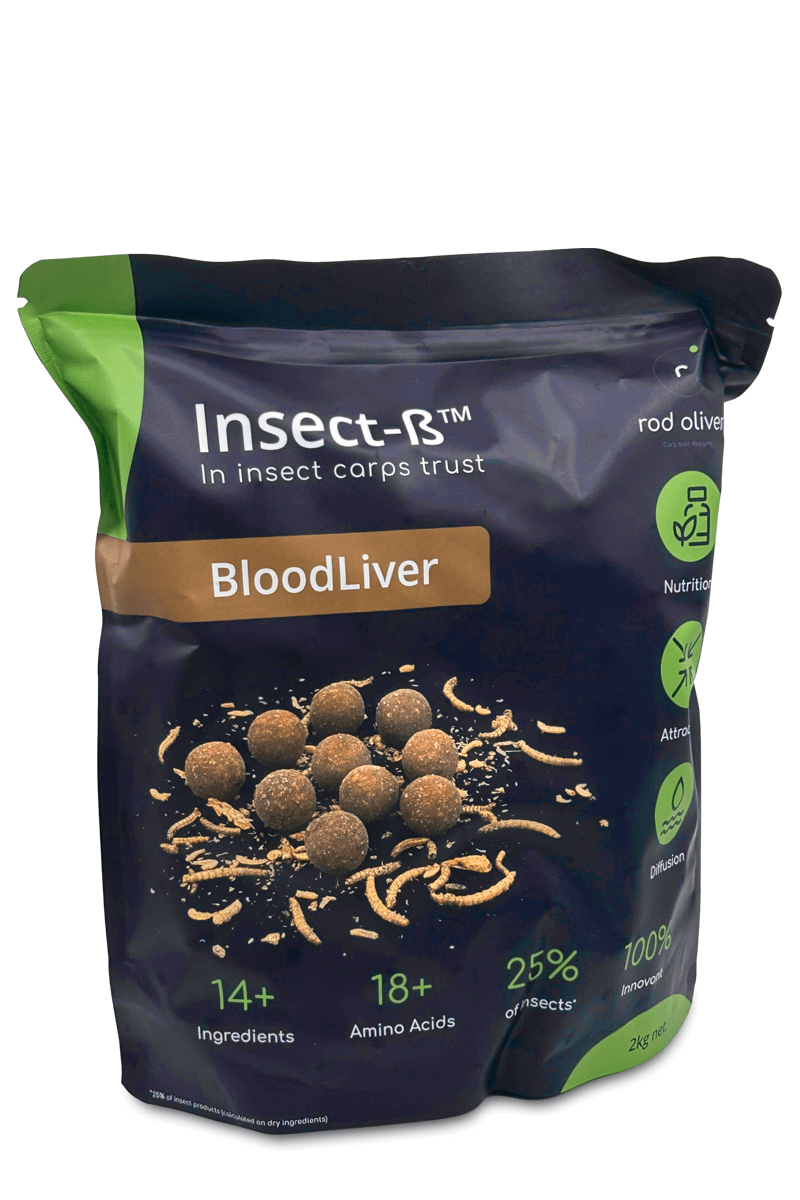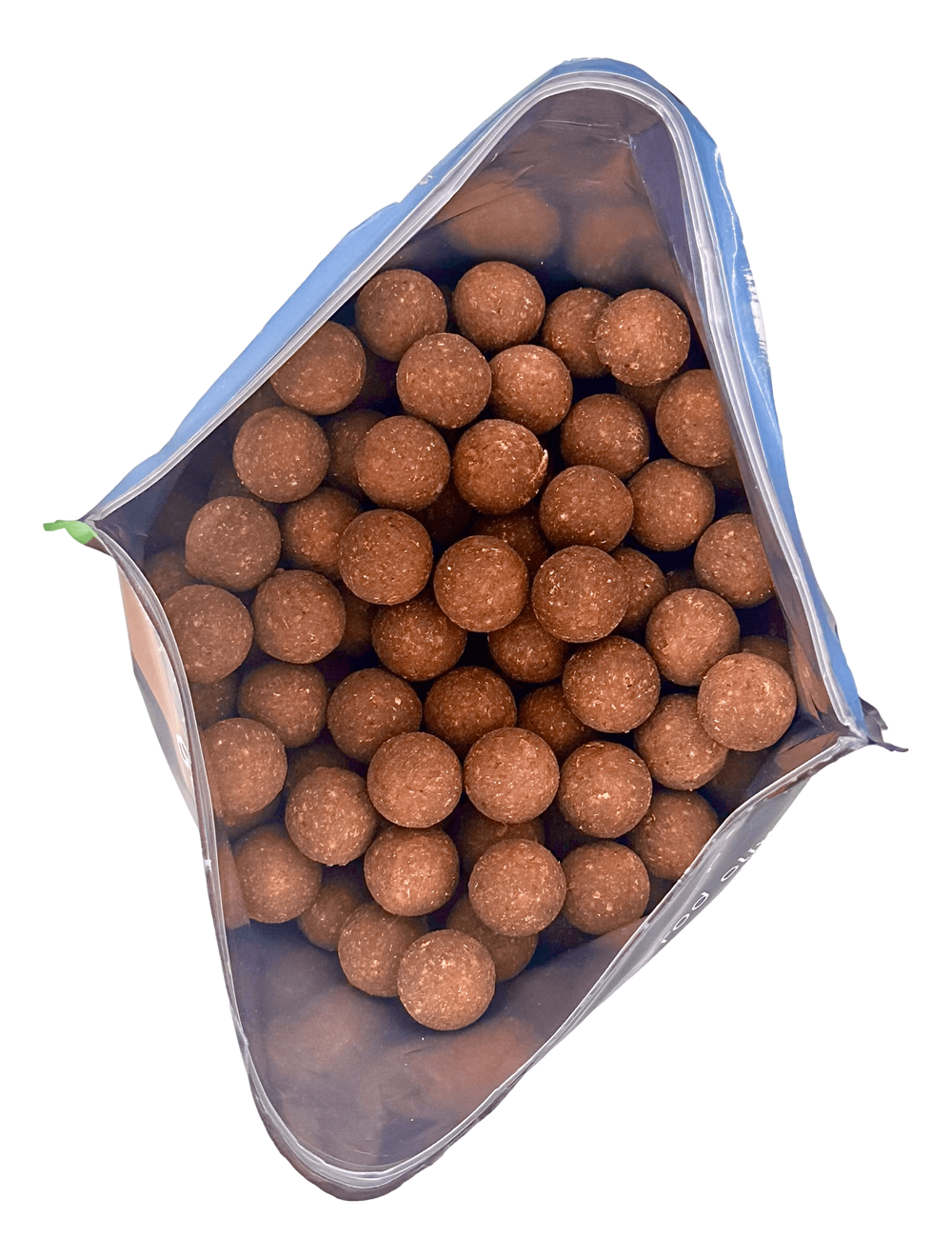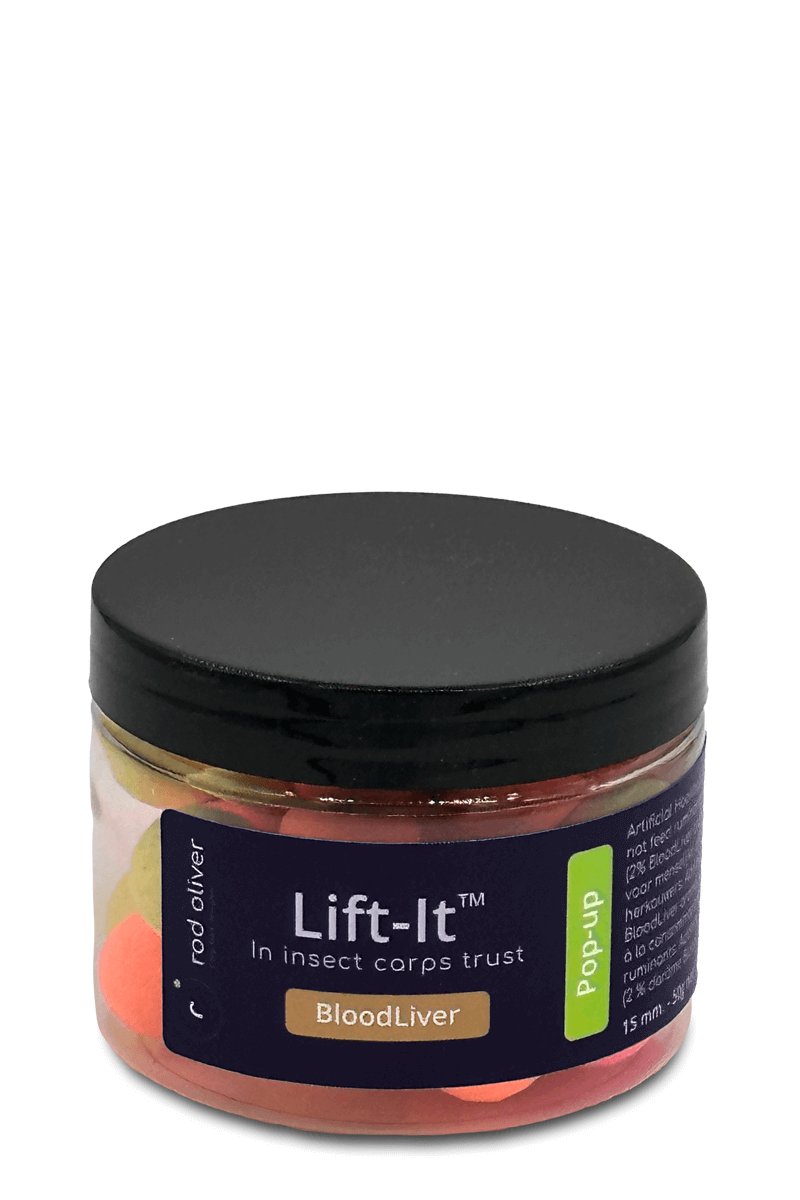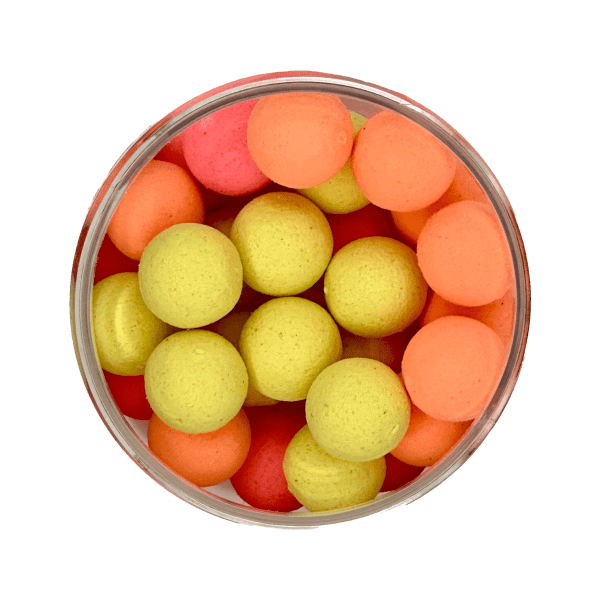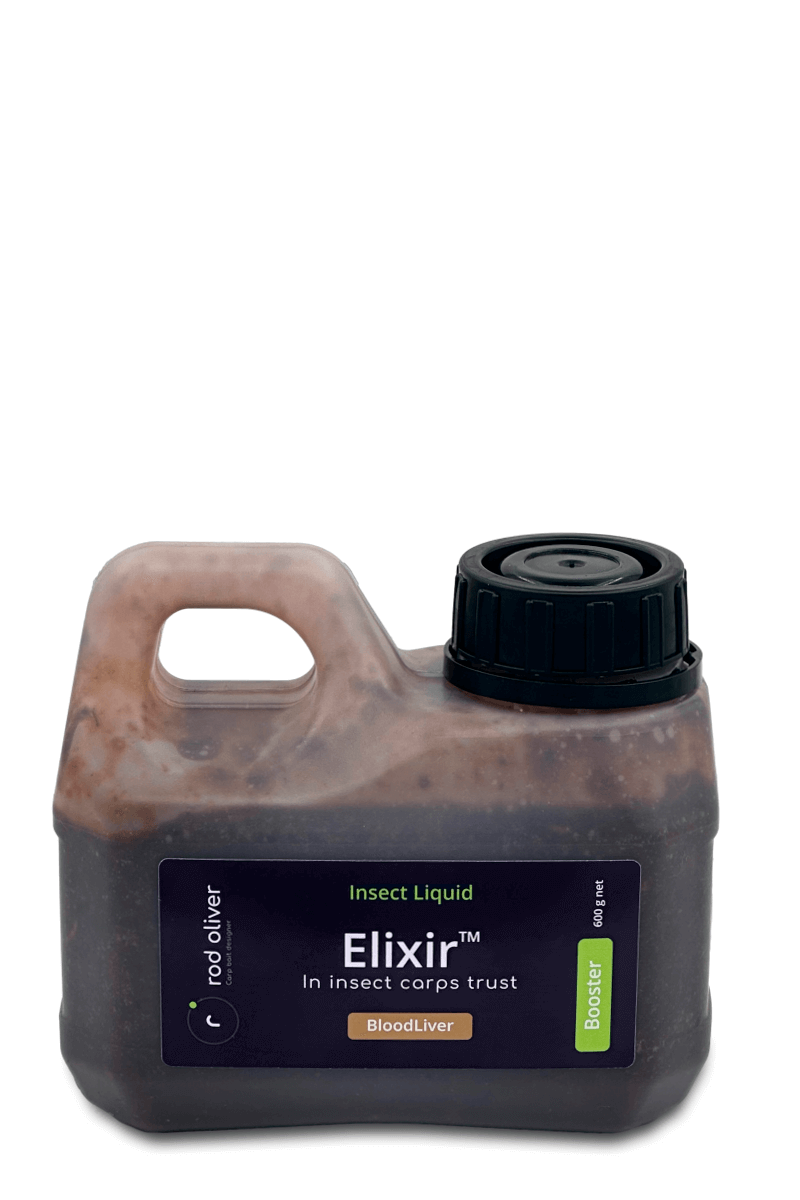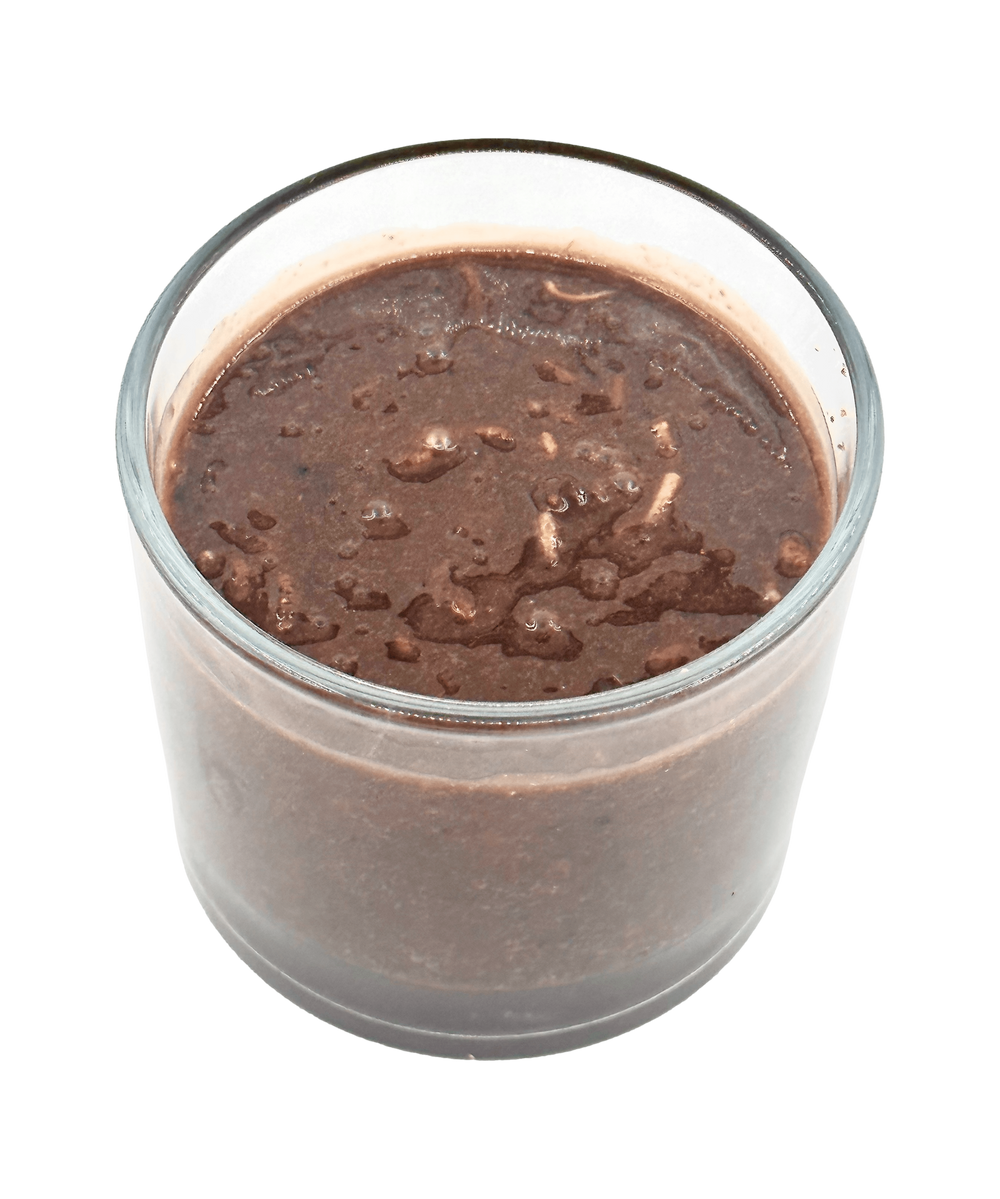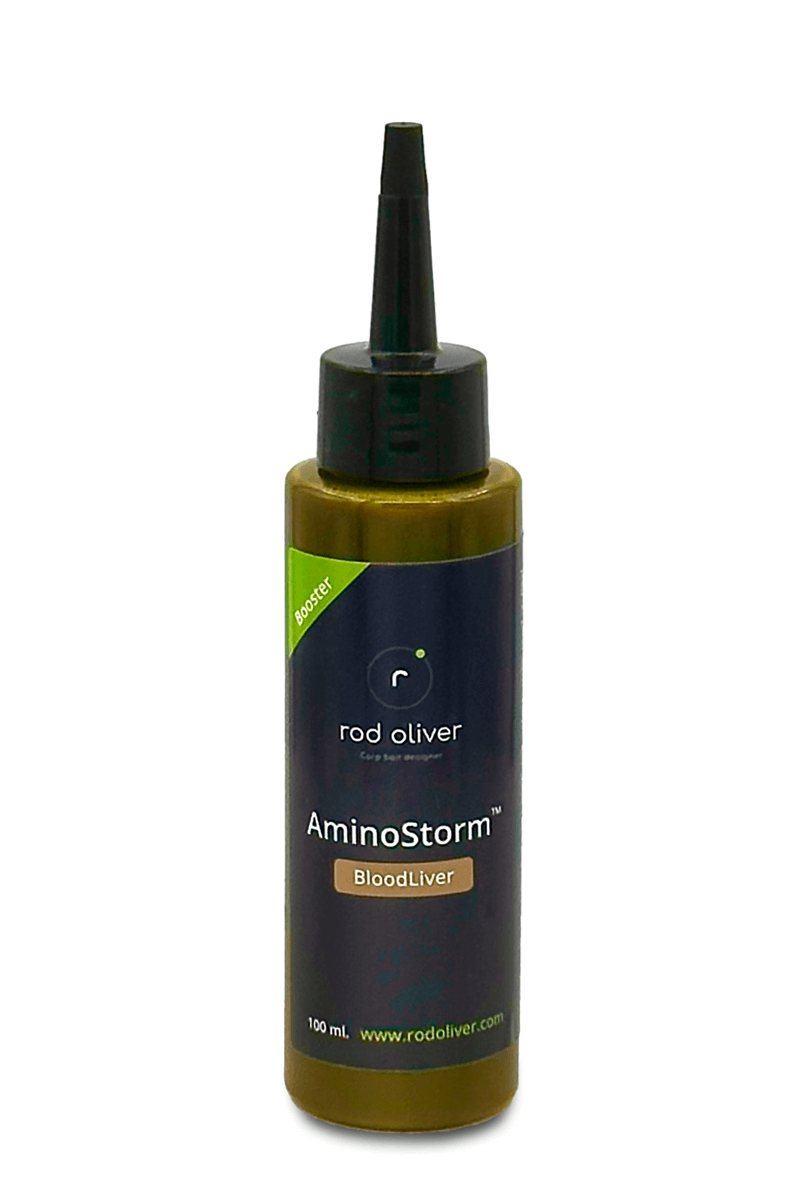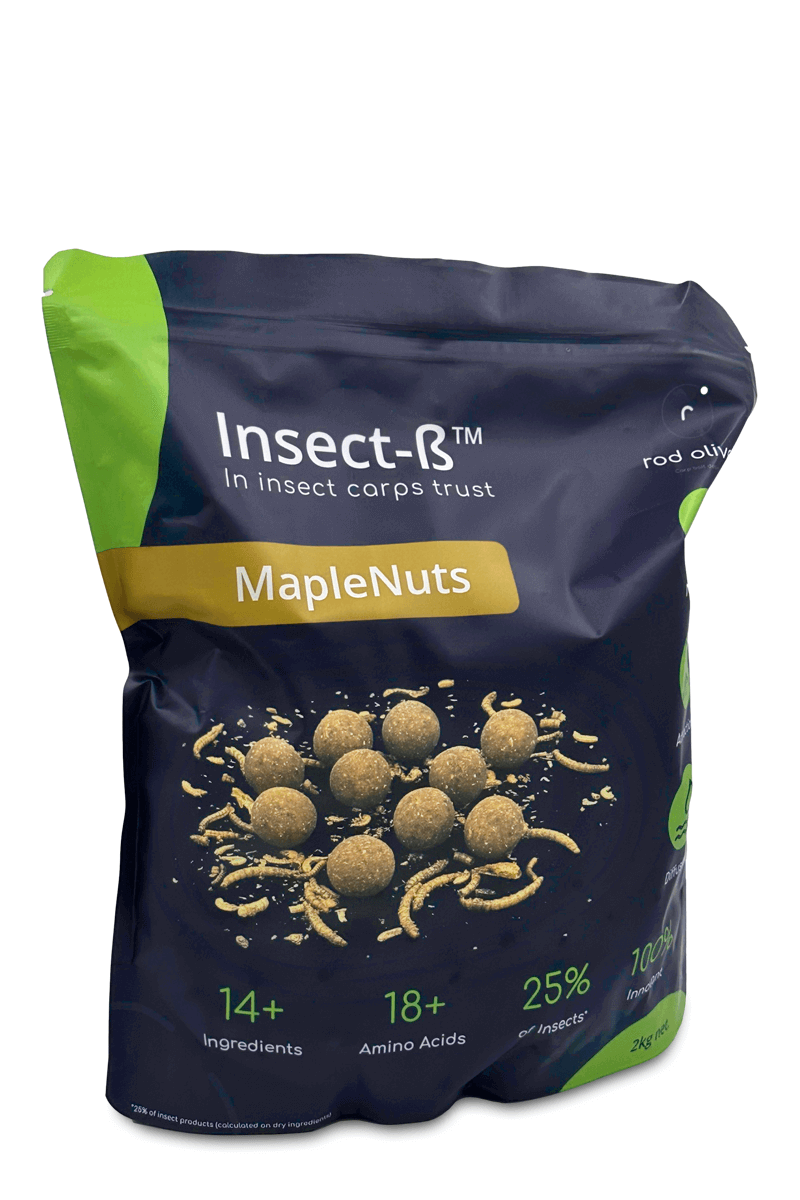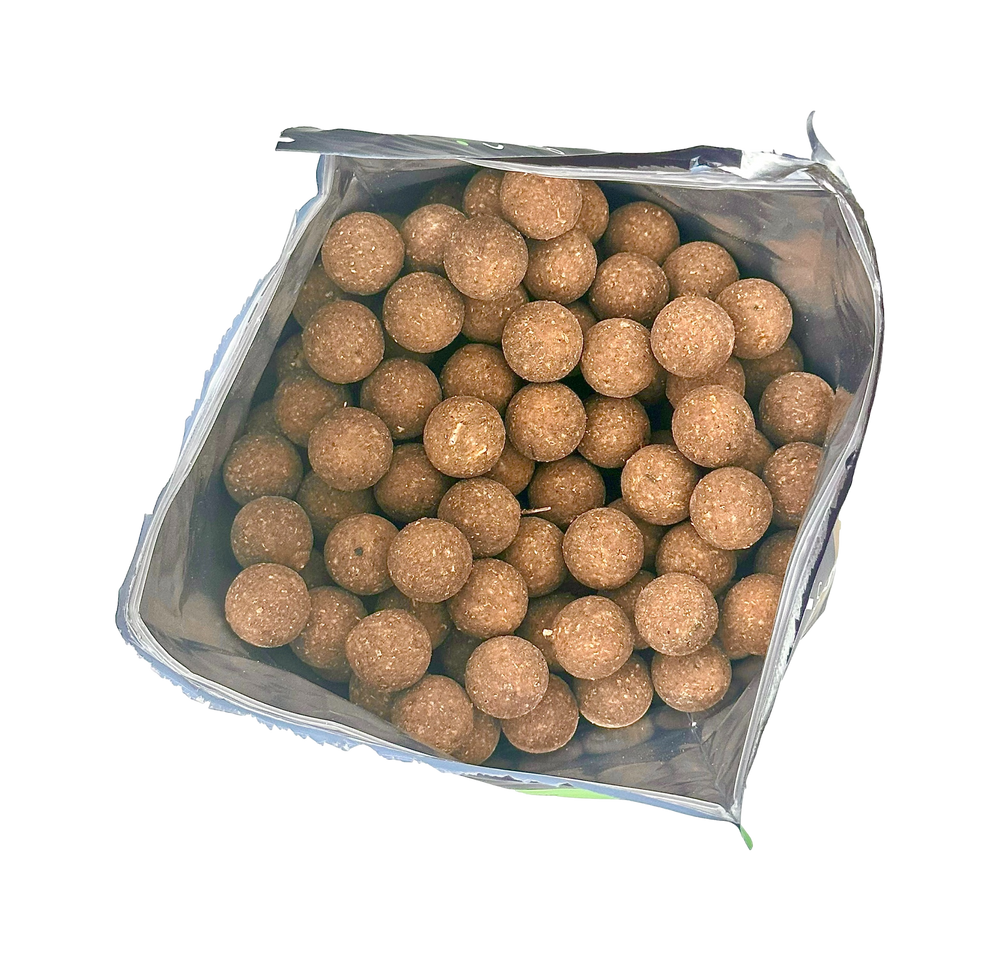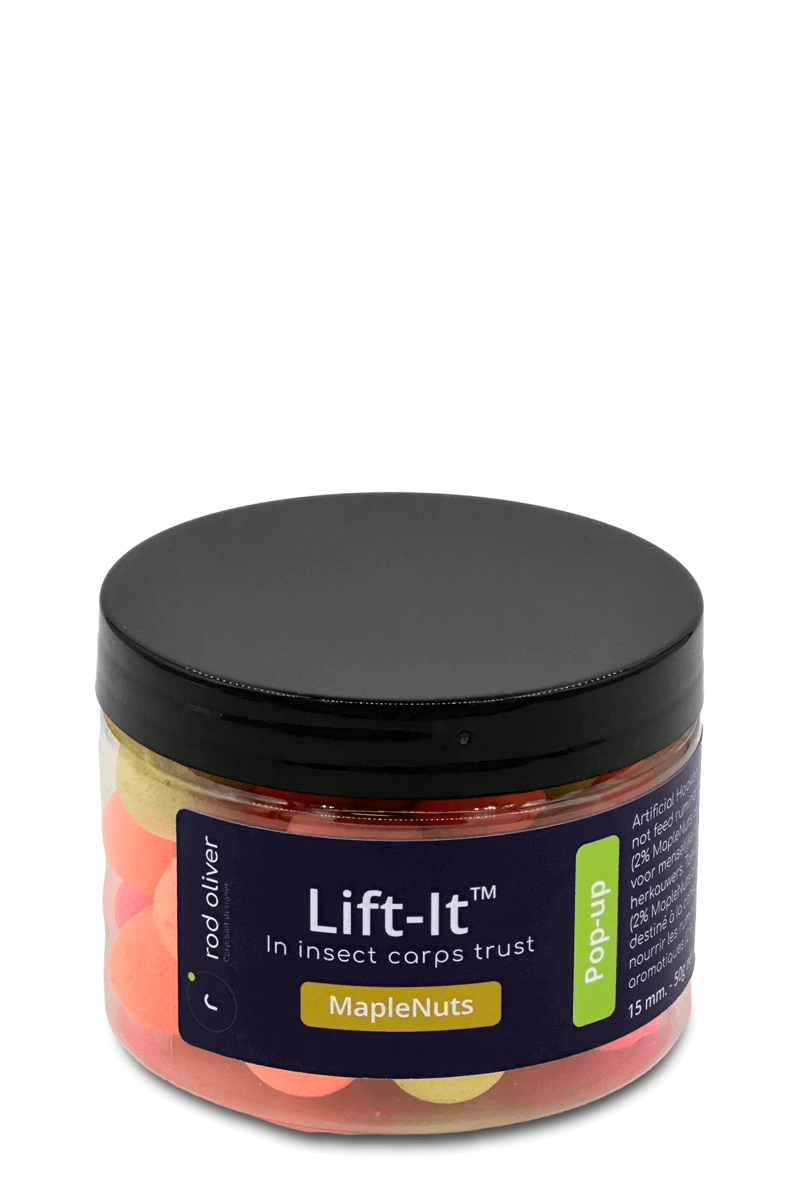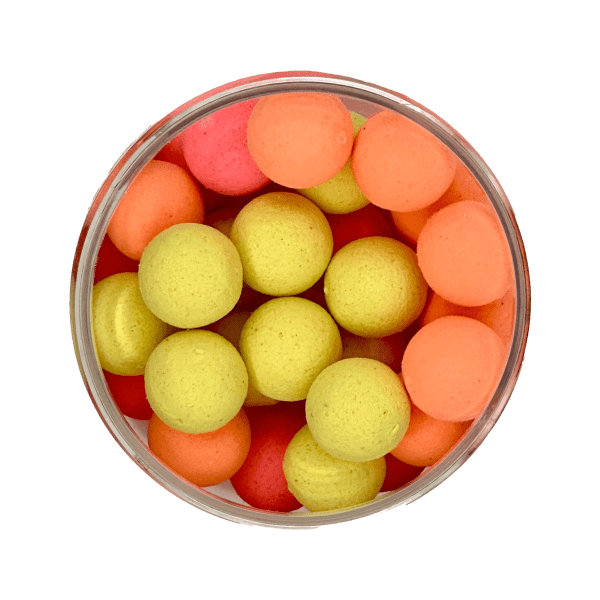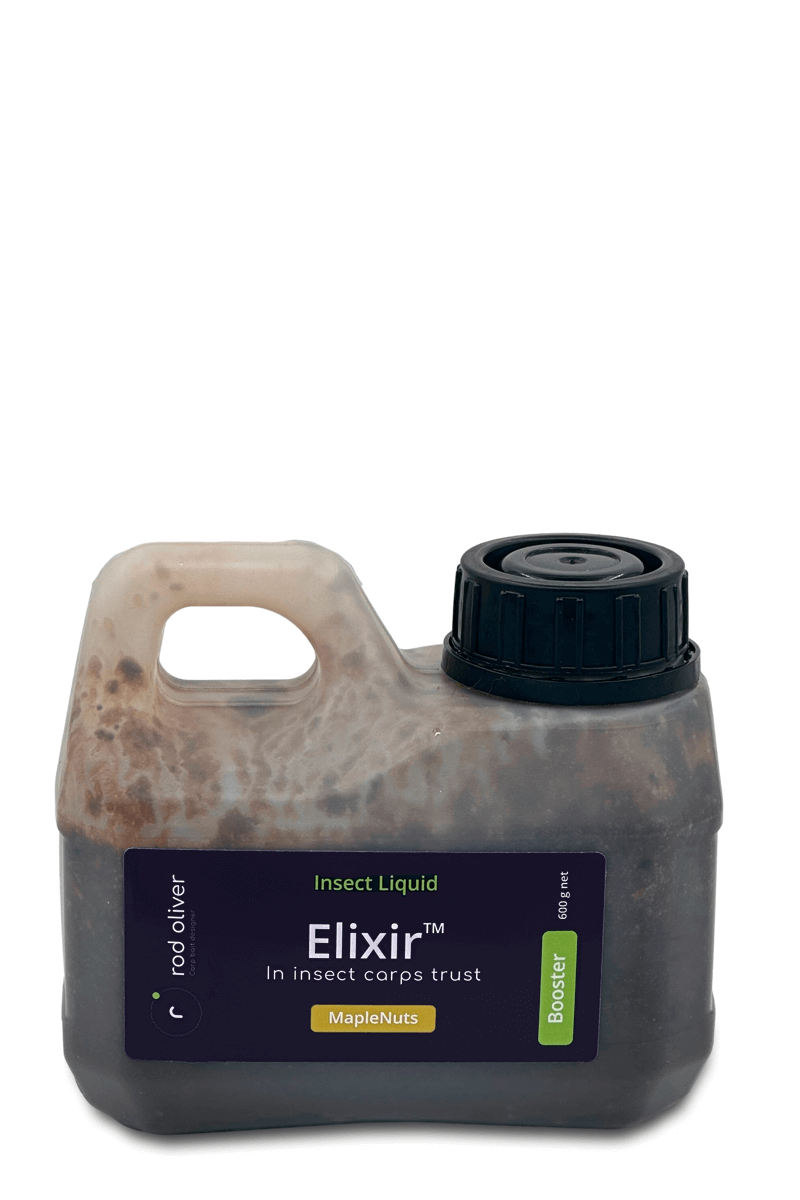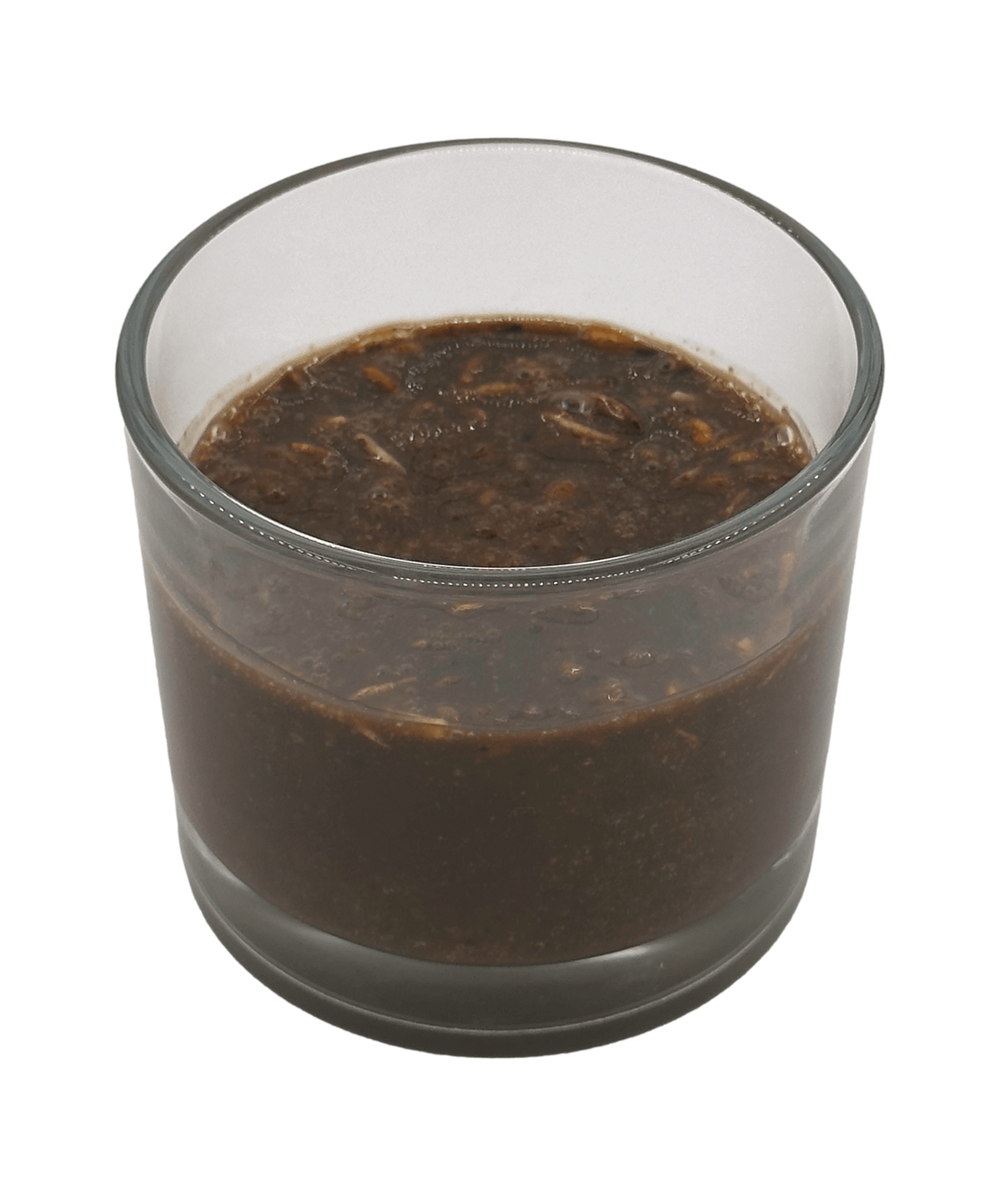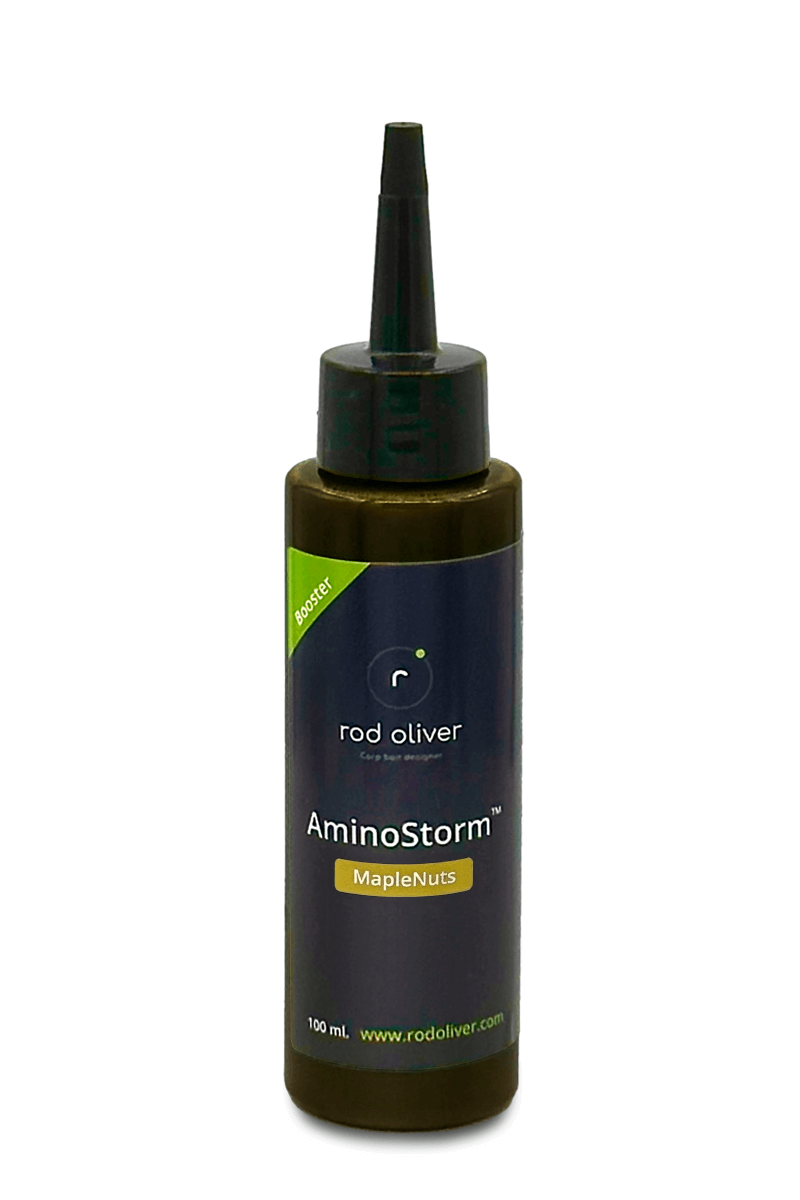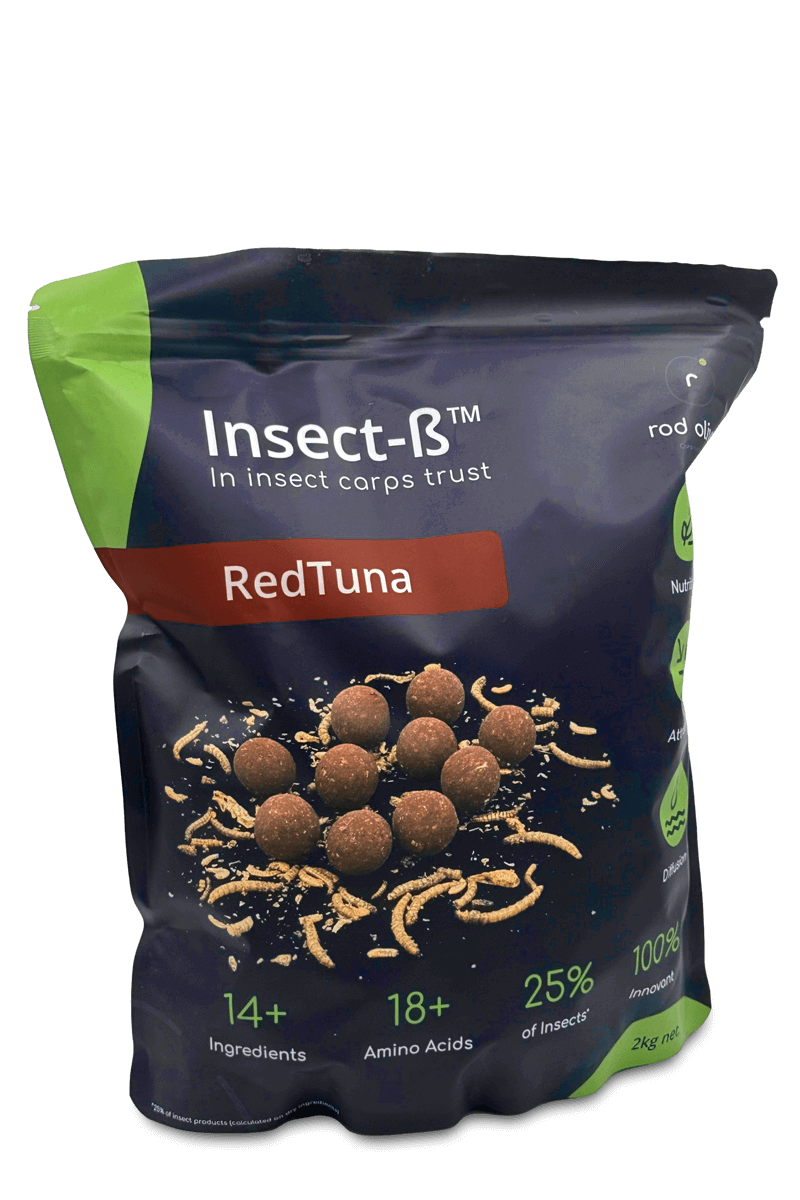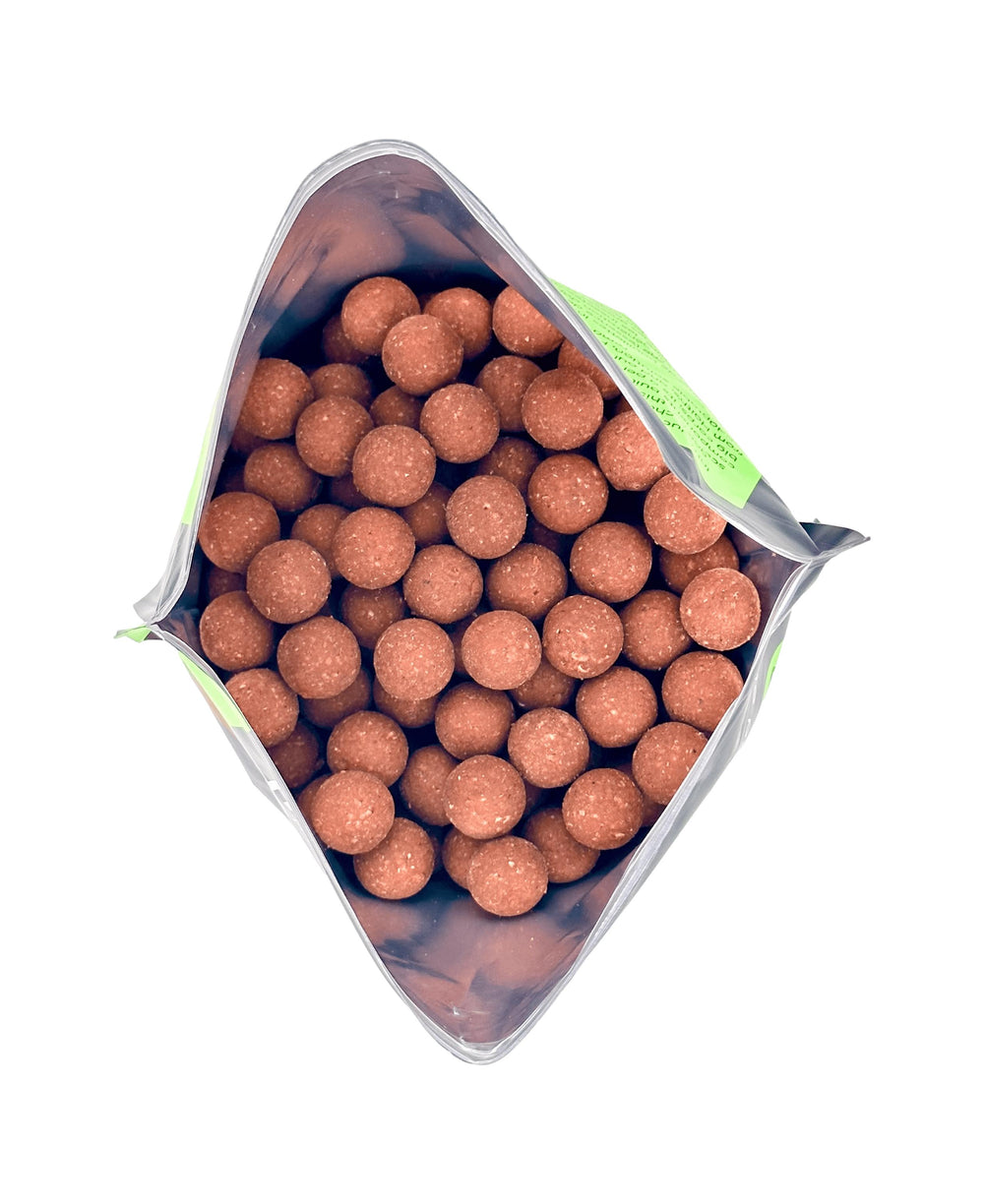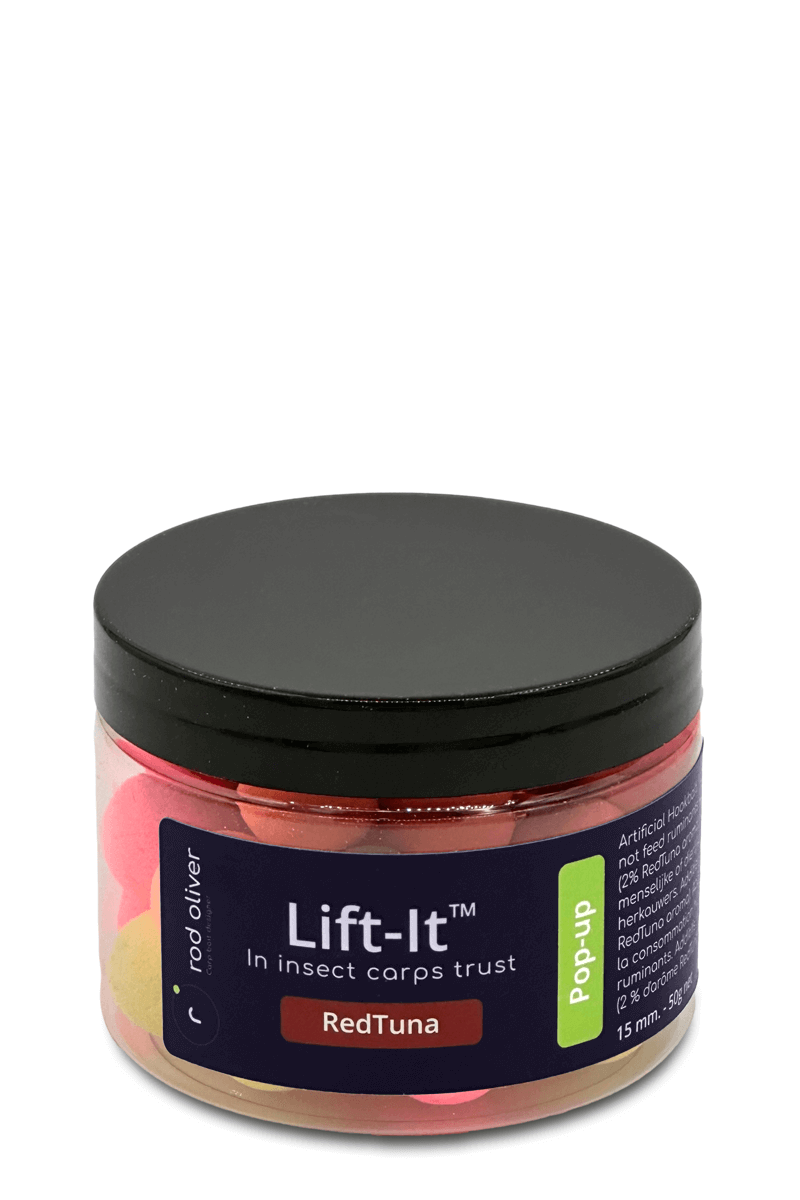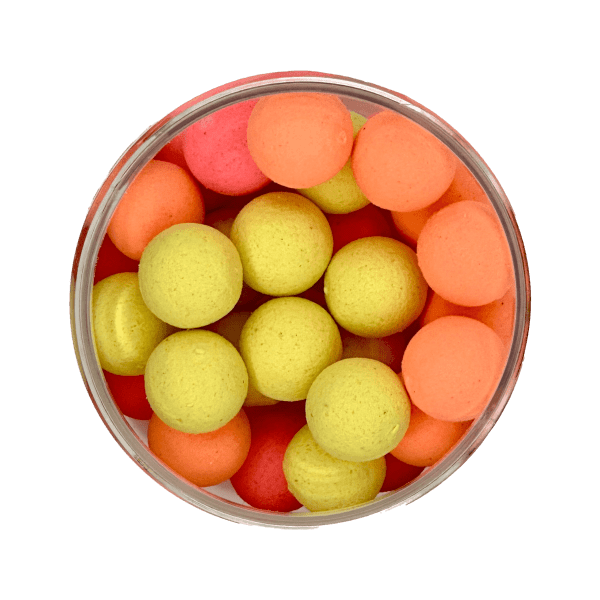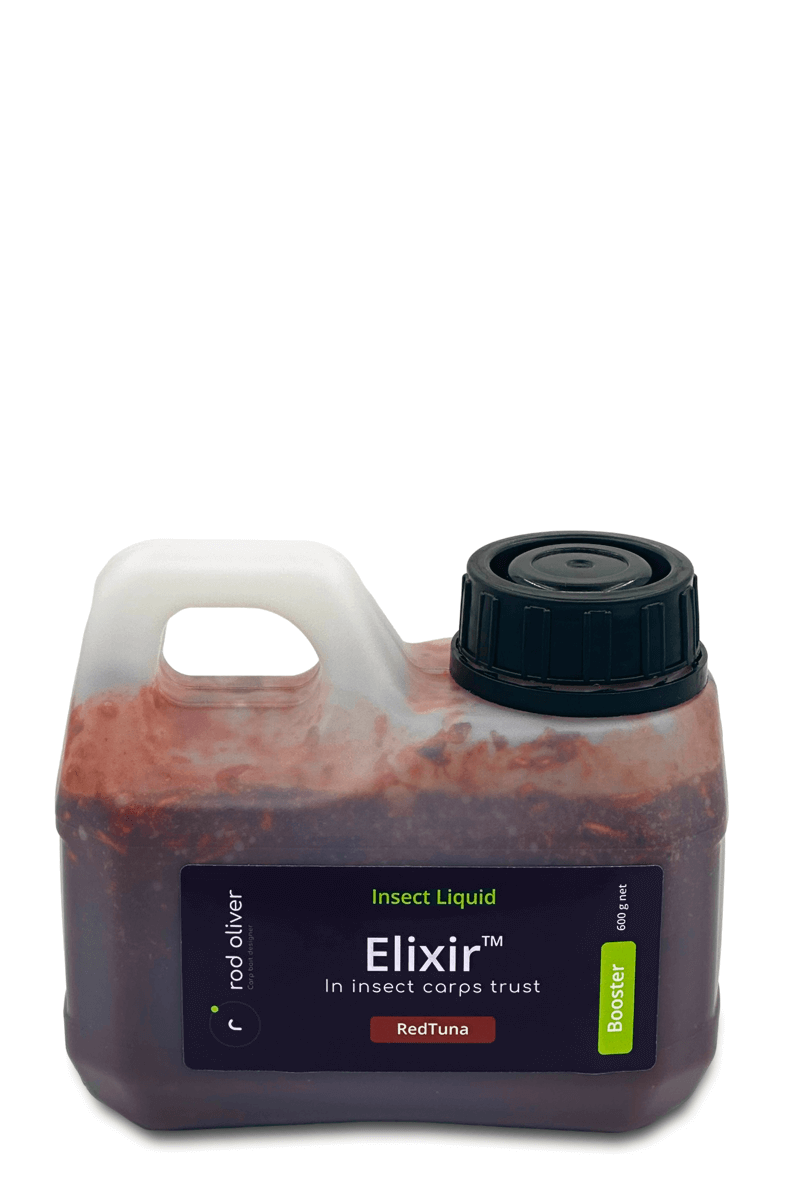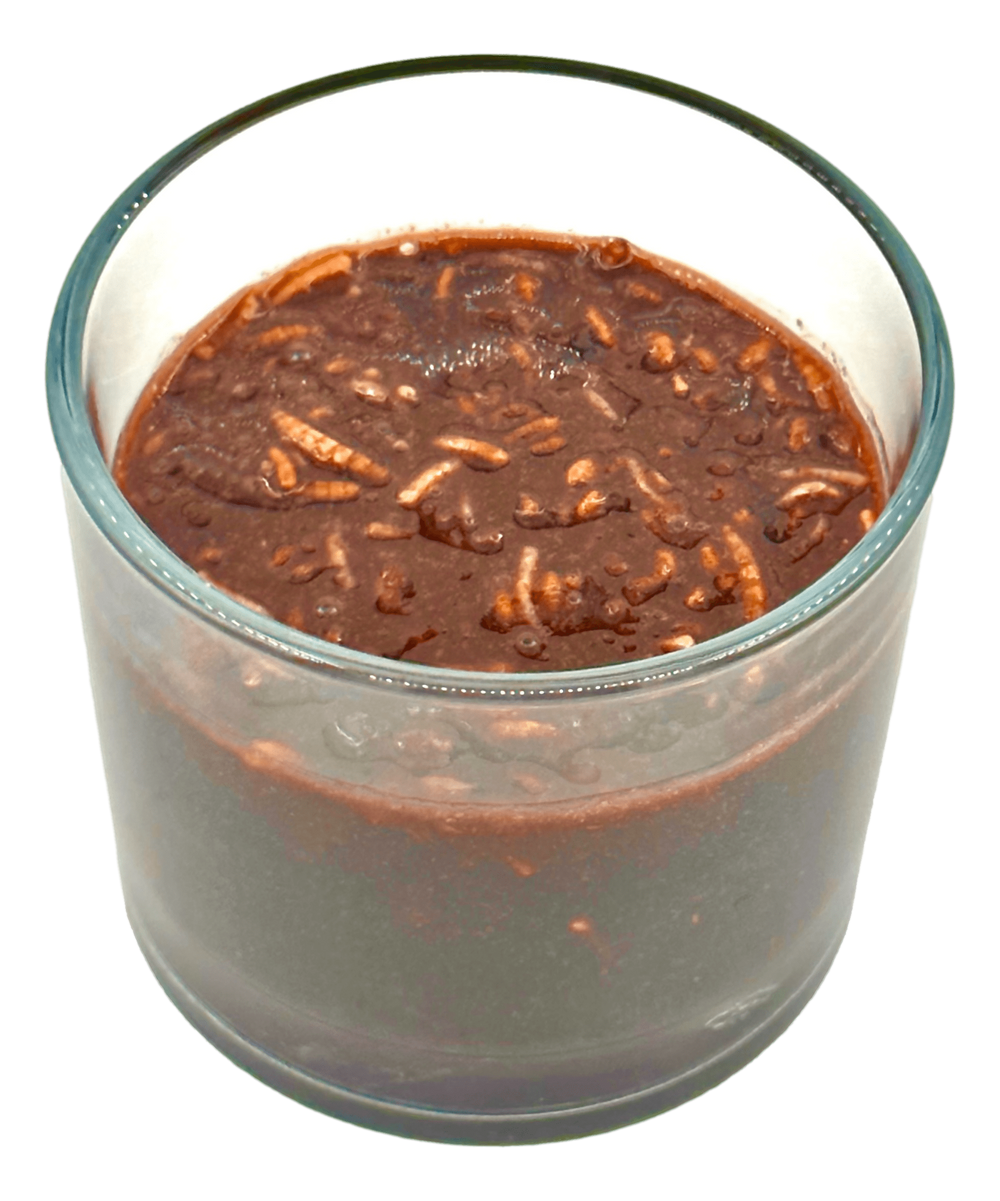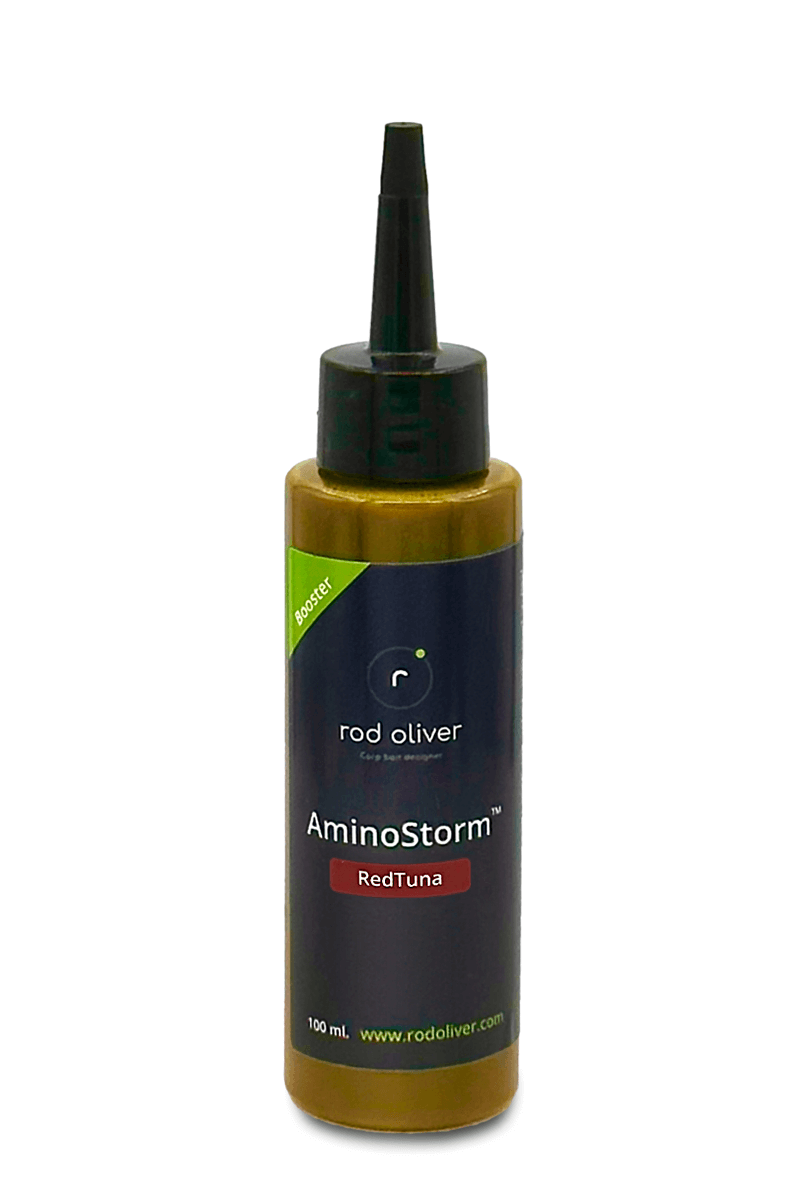The insect-based baits: the 4.0 generation boilie
Imagination's playground, the boilie has revolutionized carp fishing. From its very first creations, through the various trials and successes, we trace its evolution to develop what will become the 4.0 generation.
Content table
1. Introduction
2. The Genesis of the Boilie (1960s and 1970s)
3. Generation 1.0: HVN Boilies with Milk Protein (1970s and 1980s)
4. Generation 2.0: Boilies Made from Plant Flours (1990s)
5. Generation 3.0: BNV (Balanced Nutritional Value) Fish Protein-Based Boilies (2000s)
6. Generation 4.0: BNV (Balanced Nutritional Value) Insect Protein-Based Boilies (2020s)
7. Conclusion
1. Introduction
Boilies, along with the invention of the hair rig, stand as one of the major revolutions in carp fishing. Their respective successes are closely intertwined. Thanks to the boundless imagination of carp fishing enthusiasts, this exceptional bait has continually improved over the decades. In this article, we will trace the different phases of its evolution and explain why we firmly believe that the next, even more effective generation will be insect-based.
2. The Genesis of the Boilie (1960s and 1970s)
In the sixties and early seventies, anglers used a kind of paste to fish for carp. It was effective in attracting fish, but had a major drawback: it struggled to stay properly in place on the line, making fishing cumbersome by requiring frequent casts to ensure there was always an active bait. Furthermore, these pastes were so attractive that they attracted all sorts of fish, which weakened them and further reduced their staying power on the hook.
Fred Wilton, who is commonly recognized as the inventor of the modern boilie, had the idea not to fish with these raw pastes but to quickly boil them to create a protective shell that, when hardened, became solid. The first boilies were born, and the revolution could begin.
3. Generation 1.0: HVN Boilies with Milk Protein (1970s and 1980s)
Fred Wilton didn't settle for using just any type of paste; his contribution to the invention of boilies was much more significant. He, in fact, theorized the concept of High Nutritional Value (HNV) baits.
The initial idea was to offer everything a carp needed in its diet (proteins, fats, minerals, etc.) in a single bait. If the carp could satisfy its nutritional needs with this artificial bait, it would continue to feed on it and turn away from its natural food, which was much harder to find in abundance.
From this theory, a whole generation of high-nutritional-value boilies was born. To implement this approach, carp anglers hurried to make boilies from milk proteins. Many incorrectly assumed that Fred Wilton was referring to baits with high protein content when he talked about HNV baits. The race was then on to create recipes with the highest protein levels.
The recipes of that time, which a carp angler from the early 2000s wouldn't even understand, were indeed of a completely different composition than modern boilies. Key ingredients at the time included, among many others, acid casein, sodium or calcium casein, and lactalbumin. The protein content of baits from that era sometimes exceeded 70%!
Real-world practice quickly showed that this approach was largely disappointing and, most importantly, caused the death of many carp in the UK. The massive intake of milk proteins led to liver diseases in the fish.
In hindsight, this failure wasn't the failure of HNV boilies but rather a misunderstanding of them at the time. The mistake was in formulating recipes based on the simplistic notion that HNV equated to maximum protein content. Fred Wilton had envisioned the HNV concept as a balanced bait, whereas boilies made from milk proteins were not. Furthermore, their production costs were extremely high, which contributed to their complete disappearance.
4. Generation 2.0: Boilies Made from Plant Flours (1990s)
Faced with the failure of milk protein-based boilies, they were quickly abandoned, and new carp anglers, once again from the United Kingdom, developed a new approach.
Their vision was that baits didn't necessarily have to aim at nourishing the fish but rather at attracting them, which is entirely valid. Our primary goal as carp anglers is not to feed the fish but to catch them. It was during this time that so-called 'crap baits' emerged. The recipes were greatly simplified compared to the previous generation. Made from a base of very basic plant flours, such as cornmeal, soybean meal, and wheat semolina, these recipes were the opposite of HNV baits. They were low in protein but somewhat better balanced due to their richness in carbohydrates and fats.
However, this base was not the key element of the compositions of that era; it was seen as a means to carry all sorts of diverse attractants and flavors.
The real boom of boilies took place in the 1990s, and the new recipes, consisting of inexpensive and readily available ingredients, flooded the market, which was itself growing rapidly, with more and more anglers embarking on carp fishing.
This new approach stimulated the imaginative minds of carp anglers to create all sorts of recipes by adding spices, sugars, appetite stimulants, and, above all, flavors. Flavors became the focal point of boilies in this generation, with classics like strawberry or banana delighting many carp anglers, but also with more unique tastes like the famous scopex, monster crab, or chocolate malt, all invented by the renowned Rod Hutchinson. In the end, several hundred flavors had to be tried all over Europe.
Other iconic additives and products appeared with this generation of boilies, including the introduction of sweeteners, aquamino Catchum, and the first so-called 50/50 mixes for rolling by the Mahin brothers.
Although 'flavor-boosted' plant-based boilies were undeniably effective, at least more so than milk protein-based ones, the increasing fishing pressure in the United Kingdom began to erode these good results, making fishing there increasingly challenging and less productive.
Our English friends, always in search of innovation and better results, set aside these 'crap baits' and revisited the famous theory of HNV boilies, but this time with a better understanding and a more intelligent approach.
5. Generation 3.0: BNV (Balanced Nutritional Value) Fish Protein-Based Boilies (2000s)
This new generation of baits ultimately represents the culmination of the previous two. Armed with the realization of the failure of lactate-based HNV baits and the diminishing effectiveness of plant-based boilies, a third generation of baits emerged in the late 1990s and early 2000s.
Carp anglers from across the Channel reworked Fred Wilton's concept by creating protein-rich blends, but this time well-balanced around a base of fish meal and, more generally, meat-based flours, such as liver meal, for example. This gave birth to the concept of balanced nutritional value boilies (BNV).
The advantage of these easily rollable flours is that they are rich not only in proteins but also in fatty acids and amino acids. The latter make the proteins much more digestible, and that changes everything.
The first generation of boilies based on lactate flours was not digestible, the second generation based on plant flours was not sufficiently nutritious, and the third generation would provide a solution to both of these problems.
It was truly from this moment on that we began to have boilies of decent quality (attractive and nutritious) that responded well to many situations. Their nutritional richness allowed for long-term baiting without carp losing interest, which was (and is) not the case with 'crap baits' based on plant flours.
Furthermore, meaty boilies are highly attractive, thanks in large part to their amino acids, which we now know play a crucial role in carp's food detection.
These new boilies contributed to the capture of countless specimens and consistent results over time and in all types of waters, including ponds, wild gravel pits, rivers, and large lakes.
The significant variety of meat-based flours (fish, crustaceans, meats, etc.) available once again stimulated the creativity of manufacturers, as well as carp anglers rolling their own boilies.
Even today, animal-based flours dominate the market and allow for effective combinations with plant-based and lactate flours, which find their efficiency in small doses as additives rather than as main ingredients.
6. Generation 4.0: BNV (Balanced Nutritional Value) Insect Protein-Based Boilies (2020s)
Today, armed with the successful experience of meat-based flours and the unrivaled superiority of BNV baits, the change is coming not from England but from continental Europe.
rod oliver is introducing a new generation of boilies built on the same principles but using even more effective ingredients: insects. Rod Oliver is the first company to create its entire product range around this signature ingredient.
Our idea is based on numerous scientific studies on carp feeding behavior. All of them show that carp are indeed omnivorous fish, but primarily carnivorous, with small invertebrates and insects being their primary food source.
Insects are not only a natural source, but when processed into flour, they provide an even more balanced nutritional profile than fish meal and other meat-based flours from the third generation. In fact, insect flours, especially black soldier fly larvae, have protein levels comparable to fish meal but are more digestible due to their unique amino acid profile.
Insect flours also address the issue of using animal-based flours, which have a negative impact on our environment and deplete marine resources.
We are convinced that following the success of third-generation baits (based on animal-based flours), insect-based boilies will be the ones to revolutionize boilie use in the 2020s.
Naturally attractive, offering enhanced diffusion capabilities due to the hydro-solubility of insect proteins, and with an ideal nutritional profile, they will provide modern carp anglers with a top-choice bait for tackling the most challenging fishing conditions while preserving the environment.
It's not a coincidence that many aquaculture companies are increasingly using insect proteins as a substitute for fish meal. This evolution will become the norm in the coming years, supported by the multitude of scientific studies published on the subject.
To compose our insect-rich recipes, we have selected black fly soldier larvae meal and the best insect bird food currently on the market. The latter consists of over 50% insects, as well as gammarus and daphnia, which carp find very appealing. This bird food takes the form of a fatty and sweet paste, and it is also rich in minerals. Our black fly soldier larvae meal comes from the finest European productions.
The black soldier fly is capable of developing on a variety of decomposing substrates; the larvae convert low-value waste into high-quality proteins, making the entire process circular. Once obtained, this meal is defatted to make it optimal, with a lipid content of approximately 12%. Nutritionally, besides proteins, flies are rich in vitamins, minerals, amino acids, and fatty acids, and they also contain micro-nutrients (copper, iron, magnesium...) and are well supplied with calcium.
This combination of ingredients allows us to reduce the use of animal-based flours, as well as soybean meal, for example (which is a genuine ecological catastrophe, especially for water reserves, CO2 emissions, and deforestation), by two or three times in our boilies. We only keep the best for use as additives, such as predigested fish meal, tuna meal, certain marine extracts, or the liver hydrolats that we have added as complements in our recipes.
We are convinced that insect-based boilies are, in every way, superior to those made with plant flours, but above all, they offer an unparalleled nutritional profile. Meat-based boilies made from fish or liver meal, for example, offer the best comparison in terms of quality, but they do not have that natural aspect found in insect-based boilies.
7. Conclusion
Since its invention in the 1970s, the boilie as we know it today has undergone a spectacular evolution. From failures to successes, this bait has completely changed the way we fish for carp and has undoubtedly made our hobby one of the most practiced types of fishing in Europe.
From its inception with milk proteins, through plant-based bases filled with various flavors and attractants, to the qualitative culmination of meat-based boilies, carp anglers have adapted them to meet each new challenge.
Today, we want to contribute our modest part to this evolution by popularizing the 4.0 version of the boilie. With environmental concerns and the depletion of current and future resources, insect-based nutrition is the future of aquaculture and, through boilies, the future of carp fishing in this decade.
Tight lines !
rod oliver
